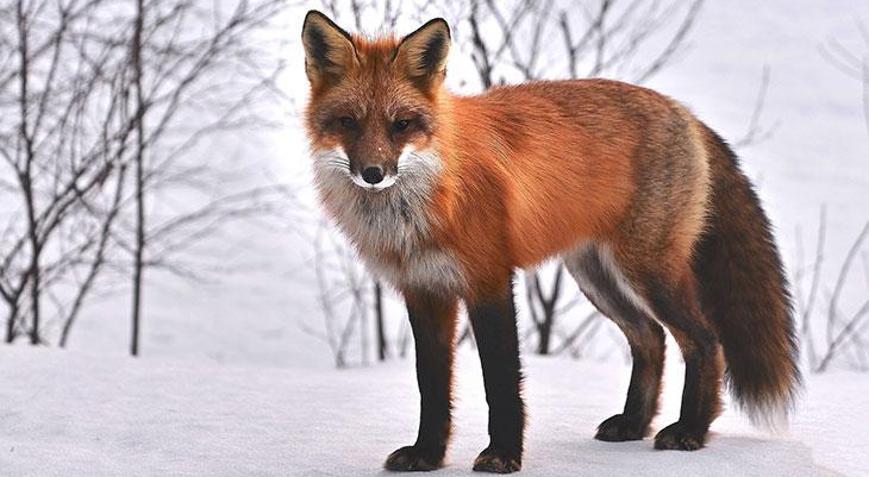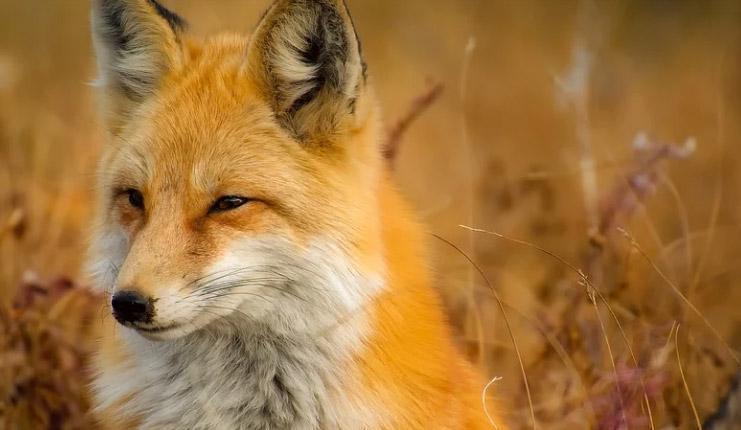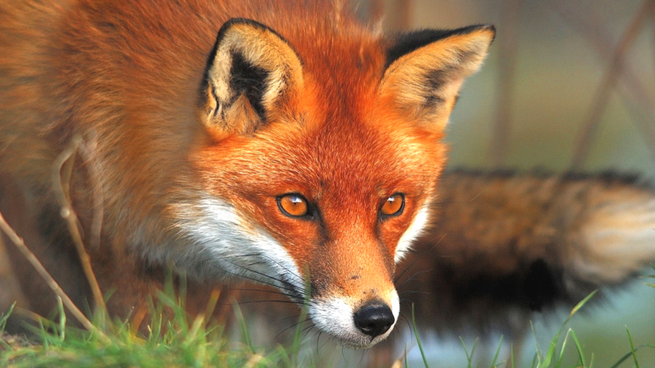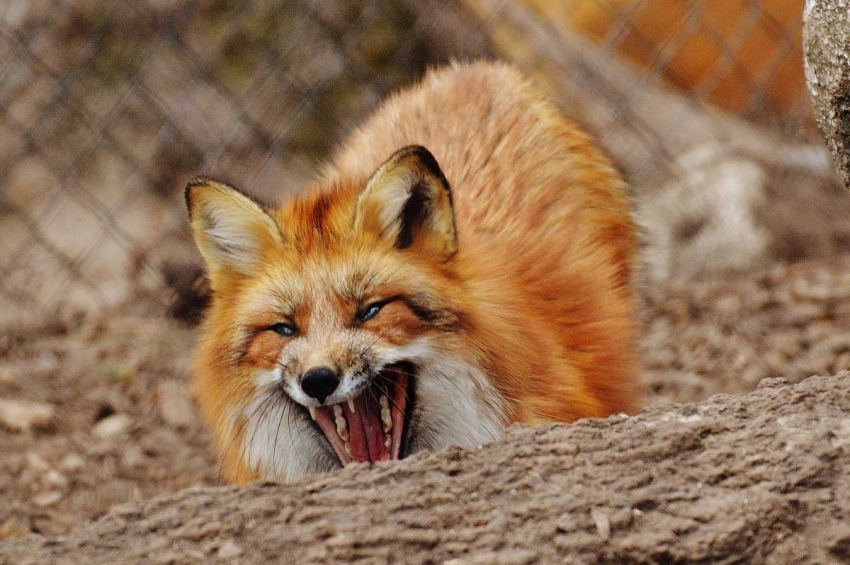Title: Foxes: Nature's Clever Canines
Title: Foxes: Nature's Clever Canines
I. Introduction
- Overview of foxes as members of the Canidae family
- Intriguing characteristics that distinguish foxes from other canines
II. Taxonomy and Classification
- Classification of foxes within the Canidae family
- Different species and subspecies of foxes worldwide

III. Physical Characteristics
- Anatomy and morphology of foxes
- Adaptations for survival in diverse habitats
- Variations in fur coloration and patterns among different fox species
IV. Habitat and Distribution
- Range and distribution of fox species across continents
- Adaptability to various ecosystems, from forests to urban areas
- Habitat preferences and ecological roles

V. Diet and Feeding Behavior
- Omnivorous diet: prey items, scavenging, and plant matter consumption
- Hunting strategies and techniques employed by foxes
- Role of foxes as both predator and prey in food webs
VI. Reproduction and Life Cycle
- Reproductive behavior and mating rituals
- Gestation period, litter size, and parental care
- Developmental stages of fox pups and their transition to adulthood

VII. Social Structure and Behavior
- Solitary nature vs. social interactions
- Communication methods, including vocalizations and body language
- Formation of family groups and territorial behavior
VIII. Intelligence and Problem-Solving Abilities
- Cognitive abilities and problem-solving skills of foxes
- Famous examples of fox intelligence in folklore and literature
- Studies on fox cognition and learning behavior

IX. Cultural Significance and Mythology
- Depictions of foxes in mythology, folklore, and literature worldwide
- Symbolism and cultural meanings associated with foxes
- Foxes in popular culture, including movies, cartoons, and literature
X. Conservation Status and Threats
- Threats to fox populations, including habitat loss, hunting, and disease
- Conservation efforts and initiatives to protect fox habitats
- Success stories and challenges in fox conservation worldwide
XI. Conclusion
- Recap of key points about fox biology, behavior, and ecology
- Reflection on the enduring fascination and importance of foxes in human culture and ecology

1. Physical Characteristics
Foxes typically have a slender body with a pointed snout, sharp teeth, and large, erect ears. Their fur can vary in coloration, including red, gray, brown, and even black, depending on the species and habitat. Most foxes have a bushy tail that helps with balance and serves as insulation during cold weather.
2. Habitats
Foxes are highly adaptable animals and can thrive in various environments, including forests, grasslands, mountains, deserts, and urban areas. They are found on almost every continent, except Antarctica, demonstrating their ability to survive in diverse conditions.
3. Diet
Foxes are opportunistic omnivores, meaning they eat a wide range of foods, including small mammals, birds, insects, fruits, and vegetation. Their diet varies based on the availability of food in their habitat and the season.
4. Behavior
Foxes are primarily crepuscular or nocturnal, meaning they are most active during dawn and dusk or at night. They are solitary animals but may form small family groups during the breeding season. Foxes are known for their intelligence and cunning hunting techniques, such as stalking, pouncing, and scavenging./duvar-resimleri-kizil-tilki.jpg.jpg)
5. Reproduction
Foxes typically mate in late winter or early spring, with the female giving birth to a litter of pups several weeks later. The size of the litter can vary but usually ranges from one to ten pups. The parents work together to raise and protect the young until they are old enough to fend for themselves.
6. Conservation Status
While some fox species are abundant and widespread, others face threats such as habitat loss, human persecution, and disease. Conservation efforts focus on protecting their natural habitats, reducing human-wildlife conflict, and raising awareness about the importance of foxes in ecosystems.
Foxes are charismatic and adaptable animals that have captured the imagination of people around the world. Whether roaming the countryside or navigating urban landscapes, these clever mammals continue to thrive despite various challenges.
Kaynakça
- İngilizce Wikipedia'daki Fox maddesinin 30 Kasım 2006 sürümü.
- IUCN/SSC, Canid Specialist Group (Dünya Koruma Birliği/Türlerin Sağ Kalımı Kurulu, Köpekgiller Uzmanlık Grubu) sitesindeki Species (Türler) sayfası.
- ^ Kaynak hatası: Geçersiz
<ref>etiketi;Lloyd1980isimli refler için metin sağlanmadı (Bkz: Kaynak gösterme) - ^ Čanády, Alexander. "Variability of the baculum in the red fox (Vulpes vulpes) from Slovakia." Zoology and Ecology 23.3 (2013): 165–170.
- ^ Bijlsma, Rob G. "Copulatory lock of wild red fox (Vulpes vulpes) in broad daylight. 29 Ağustos 2017 tarihinde Wayback Machine sitesinde arşivlendi." Naturalist 80: 45–67.
- ^ Heptner & Naumov 1998, s. 341
- ^ Heptner & Naumov 1998, s. 537




























































